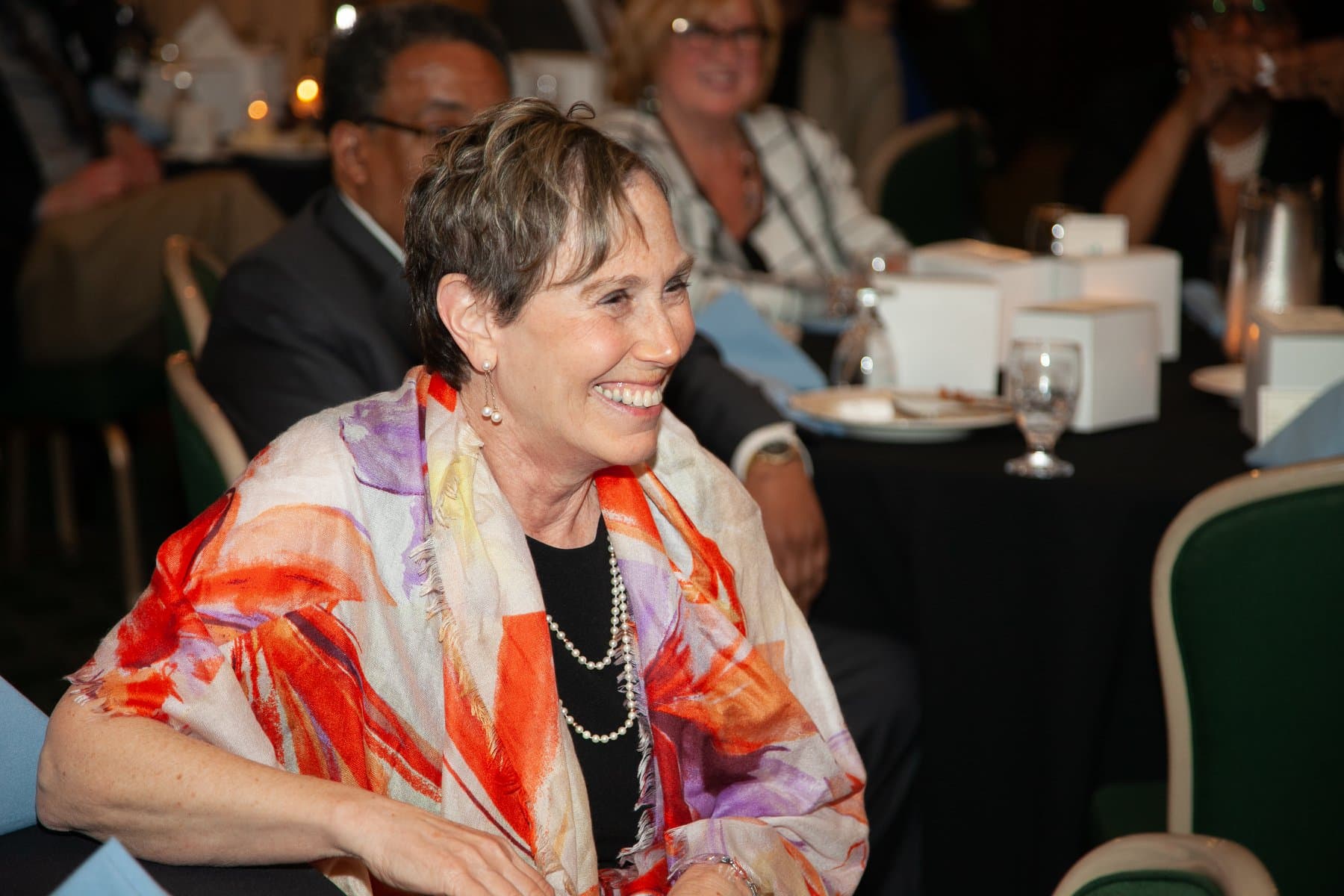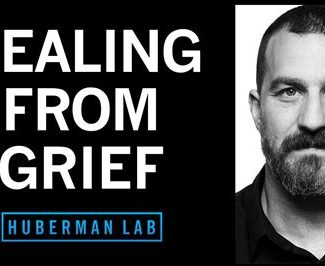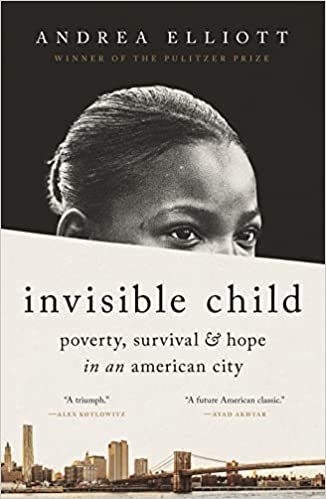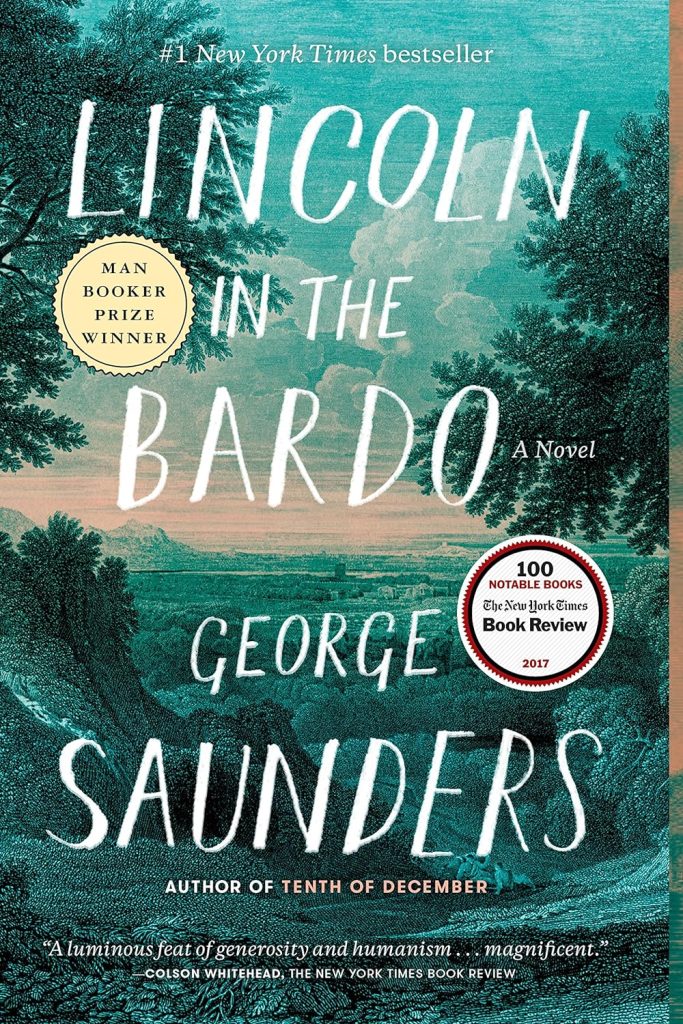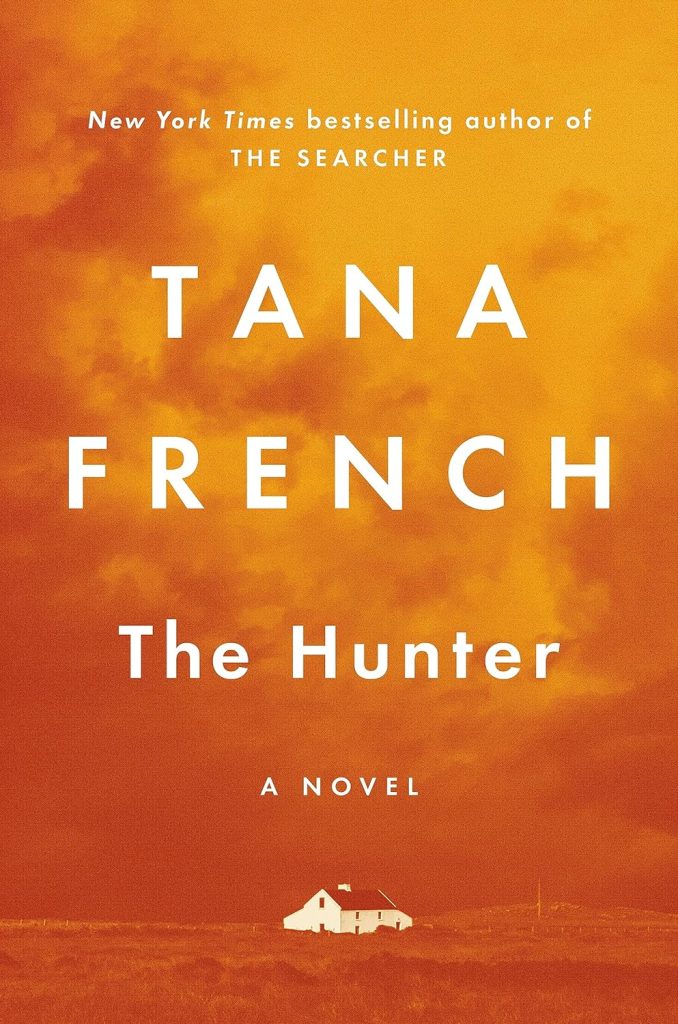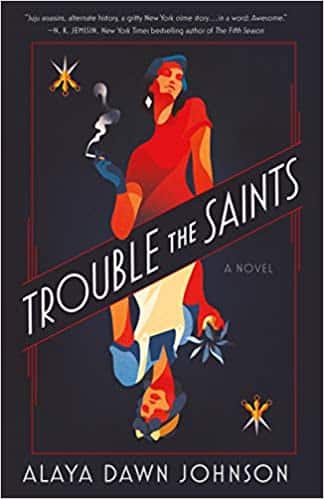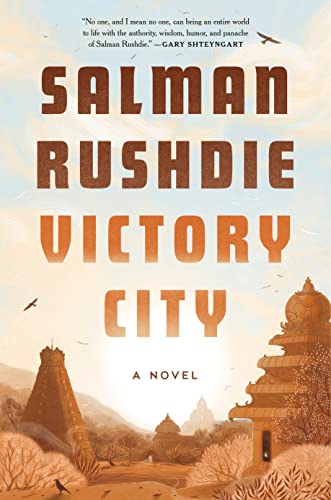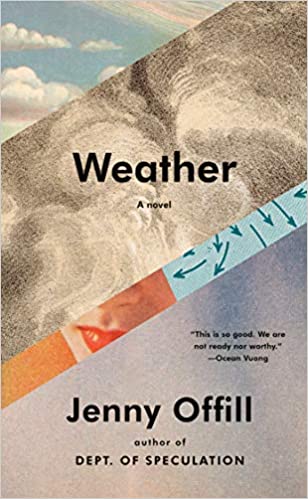
California Dreaming Without Jan!
Estimated reading time: 0 minutes, 49 seconds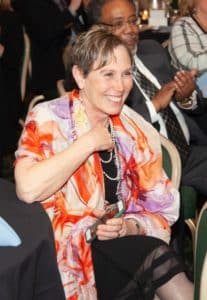 On one of our last visits to San Diego, Jan and I stayed at the Marriott Marquis San Diego Mariana.
On one of our last visits to San Diego, Jan and I stayed at the Marriott Marquis San Diego Mariana.
Our room was in the same tower and had a similar view from the balcony.
Would I prefer to have Jan with me on this trip?
Yes, I would.
But after fourteen and one-half months, I know she is only with me in spirit, and that is all I need today.
As Dr. Andrew Huberman explains, there are three dimensions of relationships, and we need to remap the time and space dimensions during grief.
Jan is still with me, and our love will never die!
The Jan Lilien Education Fund sponsors ongoing sustainability and environmental awareness programs. All donations are tax-deductible.
I receive a commission when you buy a book or product using a link on this page. Thank you for supporting Sharing Jan’s Love blog.
